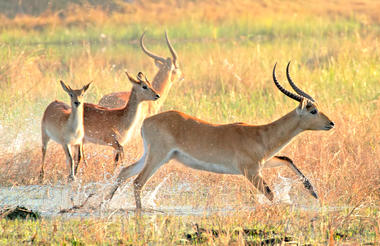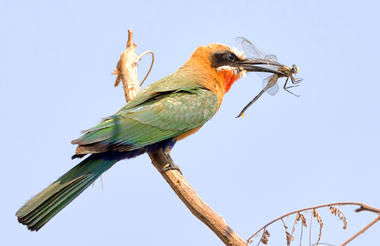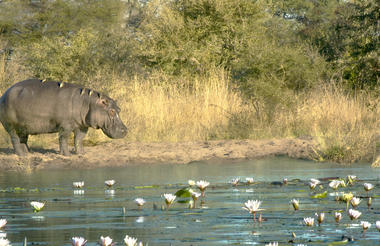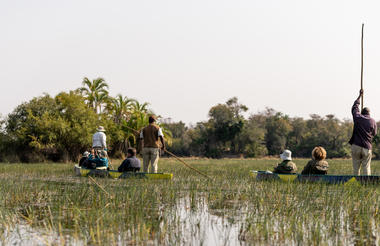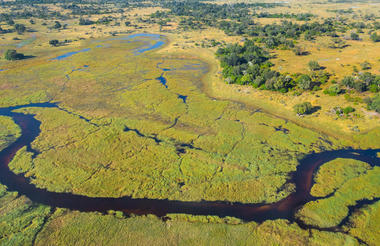Despite recent and surprisingly rapid modernization, Botswana’s cities provide little in the way of tourist attractions. However, what the cities lack in excitement, the surrounding wilderness areas more than make up for in outstanding natural beauty. The country’s primary tourist draw card is undoubtedly the vast red expanse of the Kalahari desert and its remarkably beautiful Okavango Delta - the largest inland delta in the world provide a haven for an abundance of African wildlife. Other highlights include the impressive Makgadikgadi salt pans where visitors are privy to massive zebra migrations during the flood season; the Savuti plains which host large prides of lions; and the Tsodilo Hills where 4500 rock paintings form a unique record of human settlement over many millennia.
Kasane is almost part of the Chobe National Park as there are no boundary fences separating the village from the park. In fact, game such as elephant and hippo are often spotted in Kasane. If on the lookout for game in the area, pay a visit to the large, dead trees along the Sedudu Valley Road as they often act as temporary homes for leopards. These aren’t the only enticing trees in Kasane – the village is also the proud owner of an old baobab tree whose tree trunk was once a local prison. Kasane is the main town servicing Chobe and the Linyanti.

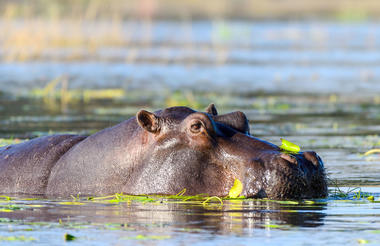
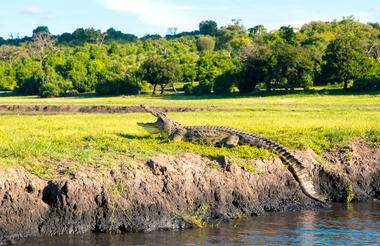
With its well-developed infrastructure, some of the best tourist facilities in Africa and an impressive list of breathtaking natural wonders, touring Namibia is truly a pleasure. Visit the capital of Windhoek and the lovely coastal town of Swakopmund to discover remnants of the country’s German influence, reflected in the architecture, culture, cuisine and the annual Oktoberfest celebrations. To properly appreciate this extraordinary country, you will have to venture out of the cities to explore the remarkable natural landscapes Namibia has to offer. These include: the impressive Fish River Canyon Park; the vast Etosha National Park teeming with local subspecies, such as desert lions, desert elephants and the Hartmann's Mountain Zebra; the hauntingly beautiful Kalahari Desert; and of course the Namib Desert stretching for nearly 1000 km along the magnificent Atlantic coastline. Namibia is an ideal destination for travellers seeking an unforgettable African experience in a uniquely beautiful untamed wilderness.
Set roughly 200 kilometres east of Rundu on the southeastern banks of the great Okavango River, the small village of Divundu is a wonderful destination from which to explore the river, game parks and national reserves of the area. Visitors can enjoy fishing or bird watching boat safaris, or visit the Mahango Game Park, which is home to herds of elephant as well as hippo, buffalo, giraffes, antelope, and many other animals. The spectacular Popa Falls, a dramatic series of cascades - are a popular must-see attraction. Divundu is also the perfect base for adventures in Botswana and the Okavango Delta.
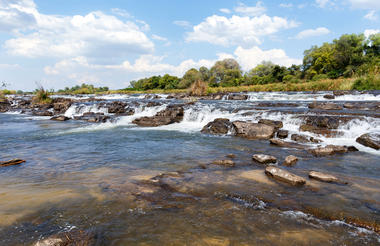
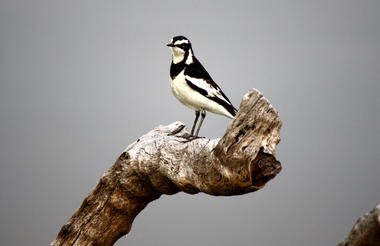
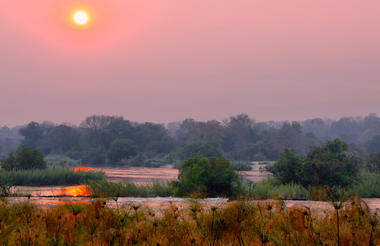
Despite recent and surprisingly rapid modernization, Botswana’s cities provide little in the way of tourist attractions. However, what the cities lack in excitement, the surrounding wilderness areas more than make up for in outstanding natural beauty. The country’s primary tourist draw card is undoubtedly the vast red expanse of the Kalahari desert and its remarkably beautiful Okavango Delta - the largest inland delta in the world provide a haven for an abundance of African wildlife. Other highlights include the impressive Makgadikgadi salt pans where visitors are privy to massive zebra migrations during the flood season; the Savuti plains which host large prides of lions; and the Tsodilo Hills where 4500 rock paintings form a unique record of human settlement over many millennia.
Guma Lagoon is found in the northern reaches of Botswana. This wonderful retreat on the banks of the Okavango River is a dream destination for animal lovers and outdoor enthusiasts, providing a range of sights and activities. Not only can visitors enjoy premium bird watching with over 200 native species and freshwater fishing opportunities, both spin and fly-fishing; but Guma Lagoon is also a fantastic base for self-guided game drives and traditional dug-out canoe (mokoro) tours, which allow you to navigate the palm islands and waterlily beds of the scenic Okavango. Other key activities include bush walks, forest trails and stargazing. Finally, note that accommodation is provided exclusively through Guma Lagoon Camp – and so advance booking, particularly for the self-catering units, is highly recommended.


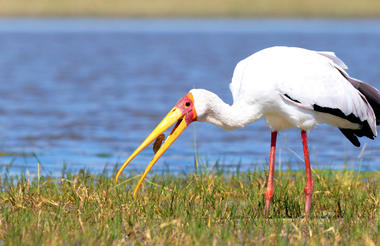
Maun is the starting point for most expeditions into the Okavango Delta and as a result, has developed into a bustling metropolis that is considered Botswana’s tourism capital. Area attractions include a renowned river boat that offers ‘booze cruises’ up and down the Thamalakane River, and the forest groves of the Maun Game Reserve.
Maun can also be the start or finish point of your self drive or private safari.
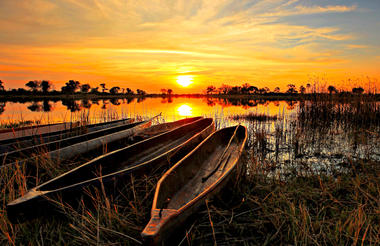
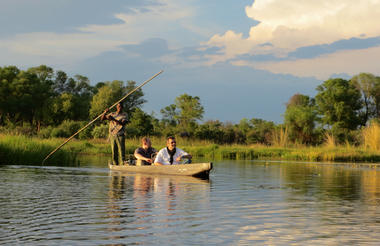
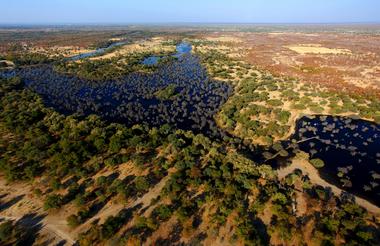
Known as the gateway to the Makgadikgadi Pans, the tiny old Botswanan village of Gweta is a pleasant place to stay while exploring the vast salt pans. Take a guided walk or quad bike ride through Gweta’s surrounds and discover flint-head spears and other artifacts abandoned by the area’s early Stone Age inhabitants. Experience a barbecue under the star-studded African sky while sipping on traditional, organic sorghum beer or a creamy baobab milkshake. During the rainy season, the Gweta area teems with zebra and wildebeest and these, in turn, attract hungry predators such as lion and cheetah. If a unique and interesting getaway is what you are after, Gweta won’t fail to impress.


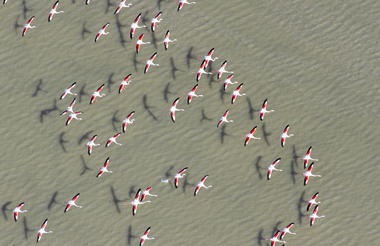
Kubu Island, known locally as Lekhubu, rises from the vast Makgadikgadi Salt Pans in Botswana, offering a landscape unlike anywhere else in the country. This dry granite outcrop, about 10 metres high and one kilometre across, is dotted with unusual baobab and African chestnut trees, their shapes standing out against the wide, white plains. Visitors can explore the rocky terrain and climb the boulders for panoramic views over the surrounding salt pans, which appear endless in the dry season and transform into shallow wetlands after rain, attracting migratory birds and herds of zebras and wildebeest. The island is steeped in history, with traces of prehistoric humans and fossilised guano visible on its rocks. Its remote location ensures minimal light pollution, making night-time stargazing a remarkable experience.
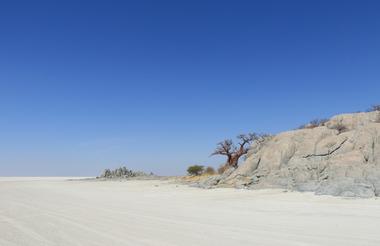
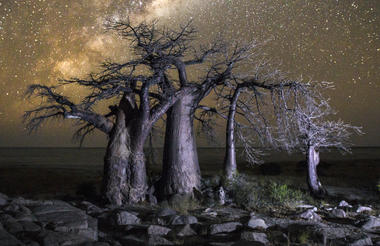

Adventurous travellers seeking a truly remote African safari will be thrilled to discover that such a thing still exists. As the second largest game reserve in the world and one of the least visited, nothing can prepare you for the sheer wonder of exploring this vast reserve with its wild, untouched beauty. The landscape is dominated by sand veldt, acacias, and Kalahari appleleaf, interspersed with grasslands, and dotted with occasional sand dunes, pans and fossil river valleys. While the reserve is home to an impressive variety of wildlife, there is one animal that is rather obviously absent, the human being. It is this lack of human traffic, combined with the park’s lack of infrastructure, that makes for a challenging and marvelously authentic African experience. Visitors need to be entirely self-sufficient but those willing to make the effort will be richly rewarded.



The amazing foresight of Chief Moremi created one of the world's most famous reserves, conserving part of the Okavango Delta and the plains to its east. The reserve covers more than 4871 square kilometres of pristine wilderness, and the varied terrain includes savannah, winding waterways, and thick forest. This diversity supports an incredibly wide spectrum of wildlife, ranging from large herds of buffalo, wildebeest and zebra, to the rare sitatunga and lechwe antelope, and lion, cheetah and packs of wild dog in the open grasslands. The birdlife is prolific and includes most of the 550 bird species recorded on the Botswana national bird list. A range of luxury lodges in the reserve offer visitors the perfect base to experience this corner of paradise.
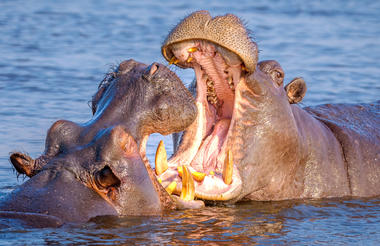
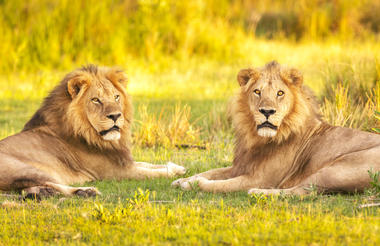

The Khwai area of the Okavango lies along the northern boundary of the Moremi Game Reserve. This is an unfenced boundary allowing wildlife to move freely between the woodlands in the wet season when water is plentiful and back to permanent rivers and lagoons in the dry season. The Khwai area offers the same wildlife experience as the reserve with the added advantage of being a private concession which means the ability to do walking safaris and night drives, booked via the lodges.



The Kwando-Linyanti river system is home to a series of private game reserves, known for their exotic animal species and luxury safari options. An abundance of wildlife roams freely between the woodland habitats, ancient floodplains and forests that make up these lush, unfenced reserves. The big game in this area increases dramatically during the dry season when the area hosts large herds of impala, blue wildebeest, giraffe and buffalo as well as the world’s highest density of elephant. Several packs of wild dog are found in the area and lion, leopard and cheetah are frequently sighted. Night drives allow for the discovery of nocturnal creatures such as civets, genets, honey badgers and spring hares. This vast, untamed wilderness is the perfect location for those seeking a unique African adventure in an exclusive and remote big game habitat.


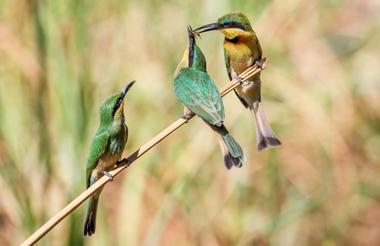
The Chobe River forms the northern boundary of the Chobe National Park, renowned for its reliable and diverse game viewing. Safaris are conducted both by boat and on land. This section of the park is best known for its elephant and hippo populations but the waters attract all manner of game including large herds of buffalo and the lions that prey on them.



